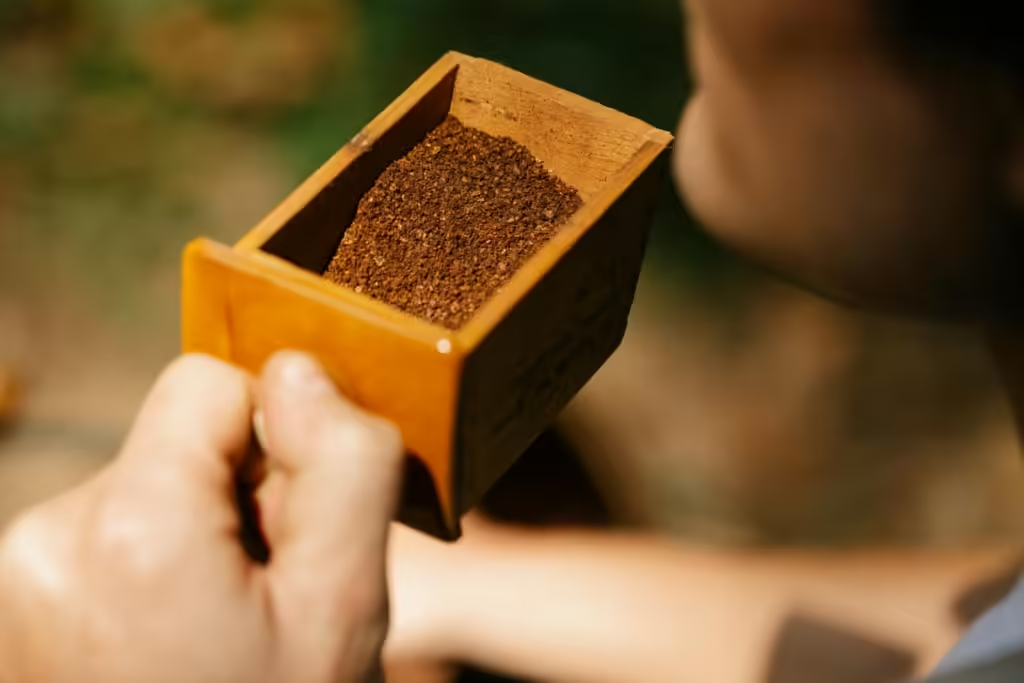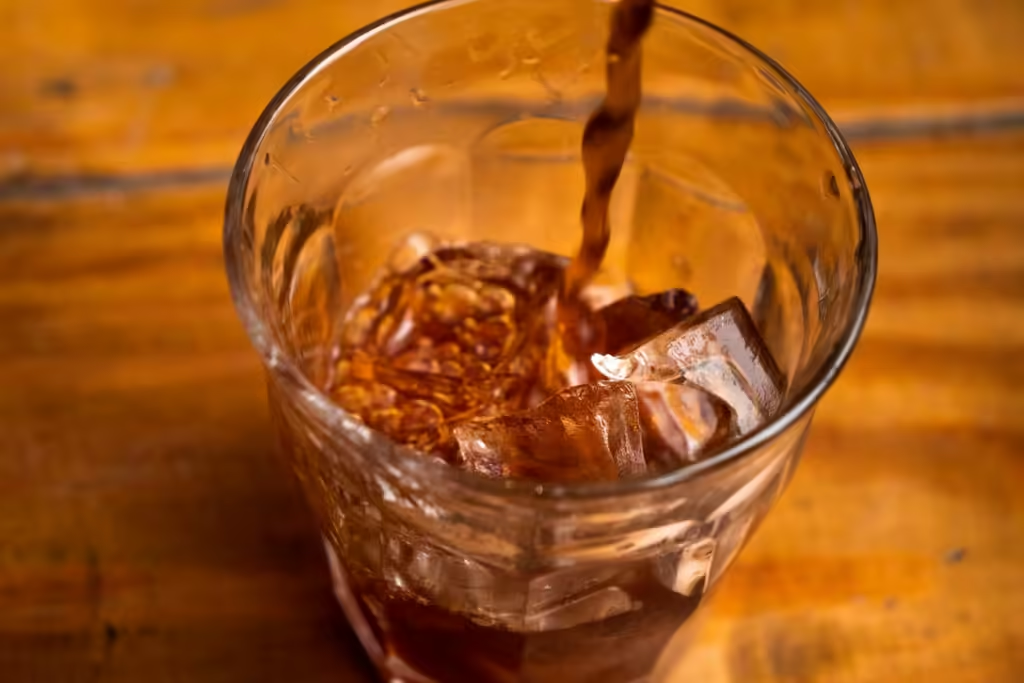We all know how troublesome cold brew can be at times. While the process isn’t complicated and doesn’t have many strict rules, things can still go wrong. But why? Cold brew might seem easy to make—you just follow a few steps using coffee and water, both ingredients readily available at home. However, even small mistakes can ruin your cold brew, no matter how insignificant they may seem.
Think about that morning when your cold brew tastes dull or bland. Chances are, you missed a few small but important details. Don’t worry, we’ve got you covered. We’re here to explain what can go wrong with your cold brew and, more importantly, how to fix it when it does. So, let’s dive in and get started!
THINGS YOU NEED TO REMEMBER TO MAKE YOUR COLD BREW TASTE GREAT!
We’re in the middle of summer and it’s starting to get pretty hot lately. And I thought, maybe it’s the perfect time to remind you of your cold brew. As we know, cold brew is incredibly delicious and easy to make, but it can be kind of expensive to buy out. However, the nice thing is that it’s actually very simple to make at home. You don’t need a fancy grinder or a lot of equipment to get it right. All you need is some coffee, water, and equipment that can hold your brew for several hours. See, it’s that simple to make a cold brew at home. And it’s super low in acid and really enjoyable if you live in a hotter climate.
The principle of making cold brew is very simple. You get coarsely ground coffee, add cold or room temperature water, and let it steep for a long period of time, usually 12 to 24 hours. Then you separate the coffee grounds from the liquid, and there you have it. Although it’s easy to make, you may face some issues with your cold brew, where it might taste too weak or too bitter. So, before we dive into fixing some common issues you may face while brewing, let’s look into a few basics that you should always keep in mind while brewing your cold brew. Since, we know, prevention is better than cure!
1)BREWING TIME
The brewing time plays a crucial role in cold brew. Cold brew extracts the coffee very slowly over a long period of time, which limits the amount of acidity and bitterness involved in the coffee-making process. The ideal cold brew steeping time is between 12 to 24 hours. If you don’t steep it long enough, the coffee won’t have time to release all the oils, sugars, and acids, resulting in a weak, underextracted brew. Conversely, steeping for more than 24 hours can produce unpleasant flavors that will ultimately disappoint you, compromising the smoothness and balance of the coffee’s taste.
2) GRIND SIZE

Grind size significantly impacts both the flavor and quality of your cold brew. The creamiest cold brew comes from coarsely ground coffee beans, similar to the texture of coarse cornmeal, because the brewing process requires steeping the grounds in water for an extended period. Coarse grinds take more time to fully extract the oils, sugars, and acids from the coffee, resulting in lower acidity, reduced bitterness, and an overall smoother flavor. In contrast, a finer grind leads to a more bitter taste and higher acidity. Although we recommend using a coarse grind for optimal cold brew, you can adjust the grind size based on your personal preference, experimenting to achieve your desired flavor profile.
3) CHOOSING COFFEE BEAN
When you’re choosing a coffee to make a cold brew with, I would highly recommend thinking about making it with something that’s more nutty, chocolatey, or kind of fruity. Actually, coffees don’t tend to do well in this application. In terms of origin, the heavy body and fruity flavors of natural or honey processed coffees tend to work better with cold coffee brewing. To some extent, the variety of coffee that you’re using will depend on how you serve it. The more delicate, refined acidity of washed coffee doesn’t seem to show its potential in cold brew. Therefore, I believe that a more nutty and chocolaty coffee, perhaps on the medium side of the roast profile, would be ideal for making cold brew at home. But you can experiment with different coffees to see what you like.
When choosing a coffee for cold brew, I highly recommend selecting something with nutty, chocolatey, or fruity notes. Delicate coffees generally don’t perform well in this brewing method. In terms of origin, the heavy body and fruity flavors of natural or honey-processed coffees tend to excel in cold brew. The coffee variety you use may also depend on how you plan to serve it. The delicate, refined acidity of washed coffees often fails to reach its full potential in cold brew. Instead, a coffee with more nutty, chocolatey flavors, preferably medium-roast, works best for making cold brew at home. However, you can experiment with different coffee types to discover what suits your taste preferences the most.
4) COLD BREW RATIO
Brew ratio compares the weight of ground coffee to the amount of brewing water. For example, a 1:15 ratio means one part ground coffee to 15 parts water. The classic approach to making cold brew involves creating a concentrate, which you can later dilute with water or milk to achieve the desired strength. To make a concentrate, use one part coffee to five parts water. Brewing a concentrate offers versatility; not only is it perfect for mixing with milk, but it also serves as a useful ingredient in cocktails, frappes, and even cooking. This ratio provides a rich, intense flavor that highlights the more subtle and delicate notes of specialty coffees while also giving a slightly boozy taste, making it ideal for various applications.
5) USING CLEAN FILTERED WATER
The second most important ingredient after coffee is water. You need to use good-quality, filtered water. What brewing coffee with water does is that it cuts the edges of both on the bitter size, but also on the acidic size. So, if you’re using coffee with high acidity, it will also help you bring some fruitiness to a cold brew coffee. Since we don’t need to bother with the bitterness, you can experiment with other ingredients.
3 COLD BREW COMPLICATIONS YOU MIGHT FACE
HOW TO FIX SOUR COLD BREW?
If your cold brew tastes sour, just after brewing, you need to adjust a few things. Such as brew time and grind size. Sour tastes come from a lack of extraction from the coffee beans, which creates a tangy, sour flavor. This happens when you don’t let your cold brew steep for long enough. In terms of cold brew, a longer brew time generally enhances the extraction process, as far as I’m concerned. Brewing with cold or room temperature water sometimes results in an underextracted cold brew, which may represent an unpleasant flavor for you. Therefore, I recommend steeping your cold brew for a minimum of 12 hours. Because anything less than that will always be underextracted, and you will never hit that sweet spot. Since cold water requires a longer time to extract flavors, you might either let it steep for enough time or end up with an overly sour cold brew.
HOW TO FIX YOUR BITTER COLD BREW?
So, when you let your cold brew steep for more than 24 hours, it happens. If you let it steep for too long, it will bring out the bitter coffee compounds from your ground coffee. Another factor contributing to bitter cold brew is grind size. Remember that the finer you grind, the more bitter it will be. A finer grind exposes more surface areas to water, resulting in an overly extracted bitter cold brew. Coarser grinds are ideal for cold brew because they create a slower, even extraction, resulting in a smoother, sweeter flavor.
HOW TO FIX YOUR WATERY COLD BREW?
The brew ratio is the most critical factor in avoiding a dull, watery cold brew. Even if you get everything else right, an improper ratio can ruin your cold brew. The solution is to use a cold brew concentrate instead of a ready-to-drink version. Using too much water for the amount of coffee often results in a watery cold brew. There’s no single “golden ratio” because what works for one person may not work for another. If you’re using a 1:4 ratio, try switching to 1:3. If that’s too strong, you can always dilute it later with water or milk. You can also adjust the steeping time to suit your taste—if 12 hours doesn’t give you the flavor you want, try 16 hours instead. Keep experimenting with different ratios and times until you discover your perfect cold brew that matches your preferences.

